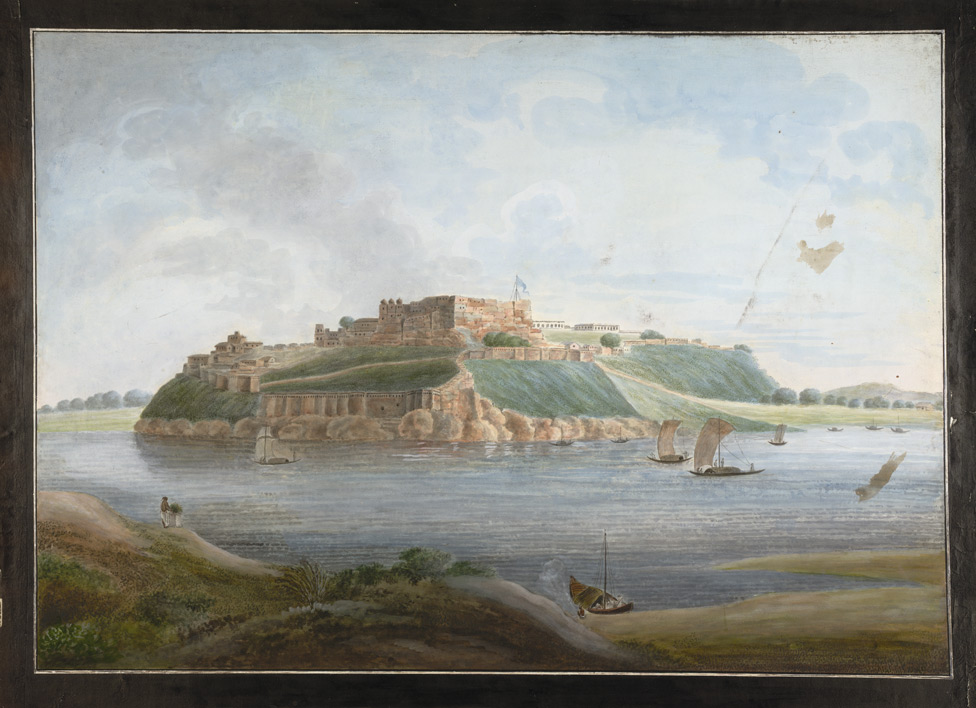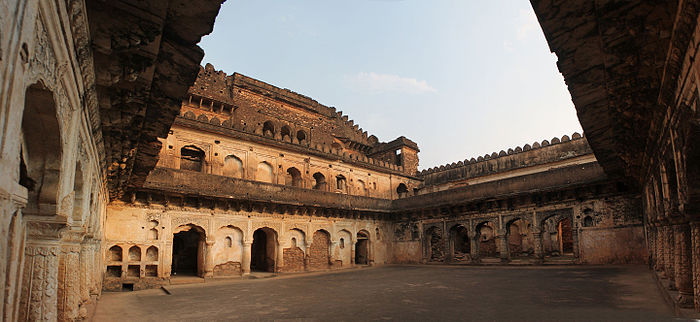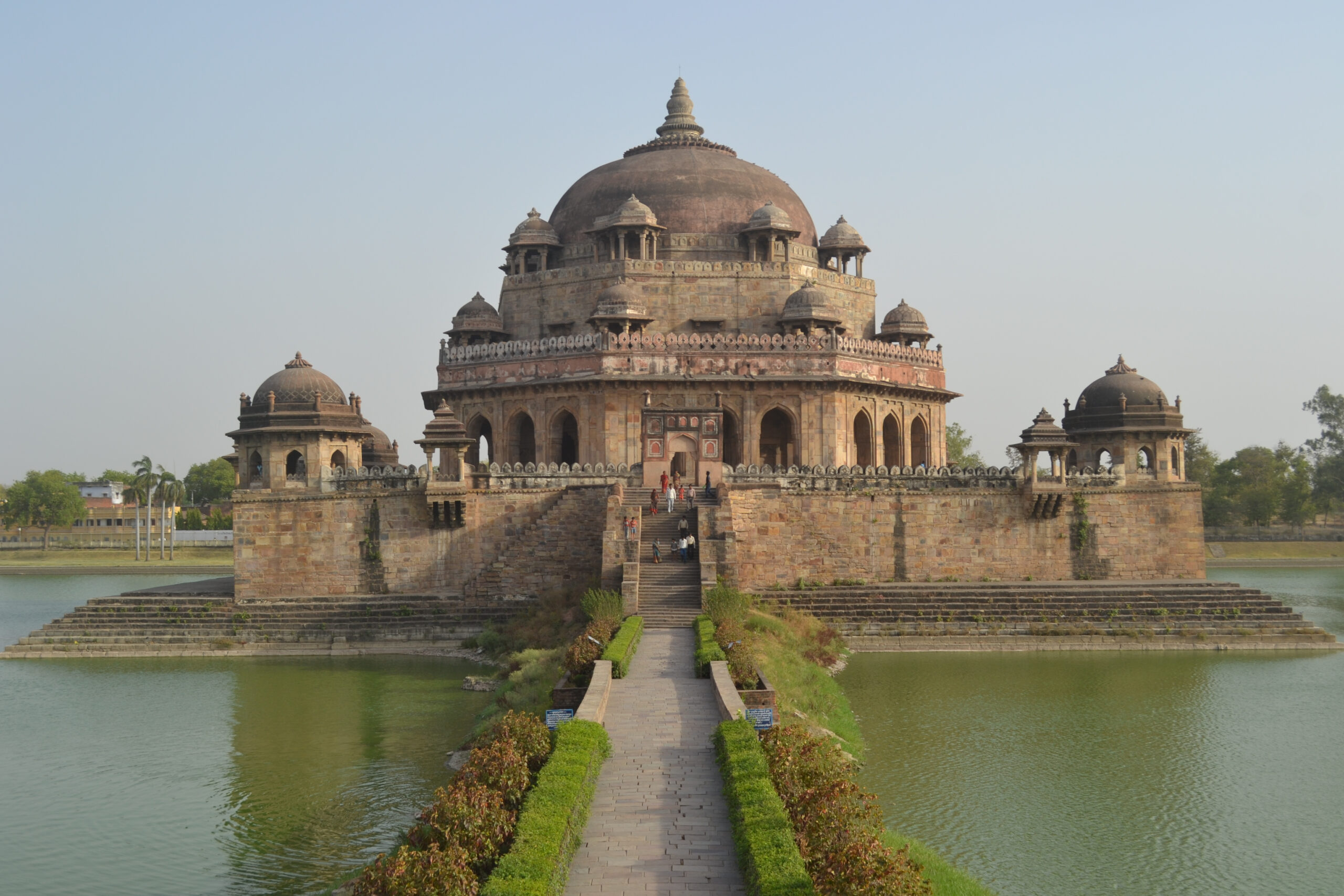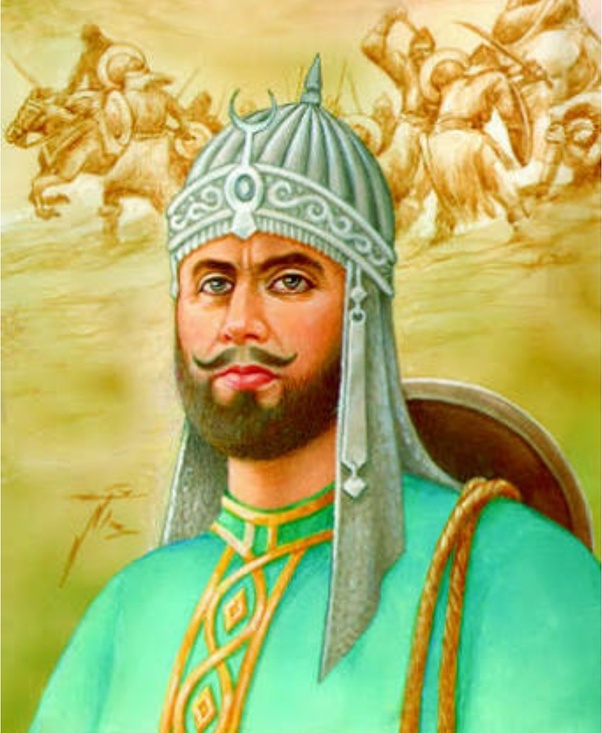The founder of the Suri Dynasty was Sher Shah Suri. Before coming directly in conflict with Humayun, Sher Shah Suri was shrewdly attempting to organize the Afghans against the Mughals. He was an insignificant rival of Humayun at that time but, later on, he proved himself to be the strongest enemy of Humayun and, finally, succeeded in turning out Humayun from India.
The intrigues of his mother compelled the young Farid Khan to leave Sasaram (Bihar), the jagir of his father. He went to Jaunpur for studies. In his studies, he so distinguished himself that the subedar of Jaunpur was greatly impressed. He helped him to become the administrator of his father’s jagir which prospered by his efforts. His step-mother’s jealousy forced him to search for another employment and he took service under Bahar Khan, the ruler of South Bihar, who gave him the title of Sher Khan for his bravery in killing a tiger single-handed.
But the intrigues of his enemies compelled him to leave Bihar and join the camp of Babur in 1527. He rendered valuable help to Babur in the campaign against the Afghans in Bihar. In due course, Babur became suspicious of Sher Khan who soon slipped away.
As his former master Bahar Khan, the ruler of South Bihar had died, he was made the guardian and regent of the minor son of the deceased. Slowly he started grabbing all the powers of the kingdom. Meanwhile, the ruler of Chunar died and Sher Shah married his widow. This brought him the fort of Chunar and enormous wealth.
Sher Shah Suri (c.1540-45 CE)
Sher Shah Suri’s original name was Farid was the founder of the Suri dynasty. Son of a petty jagirdar, neglected by his father and ill-treated by his step-mother, he very successfully challenged the authority of Mughal emperor Humayun, drove him out of India, and occupied the throne of Delhi.
He started his life as an ordinary soldier & reached the position of ruler of Hindustan. Tarikh-i-Sher Shahi of Abbas Khan Sarwani is the chronicle of the Sher Shah Suri reign. It provides detailed information about the political-admin system & reforms initiated by Sher Shah Suri. Once again Sher Shah established the Afghan Empire which had been taken over by Babur.
Sher Shah’s encounters with Humayun

Encounter on the fort of Chunar and Sher Shah’s diplomatic surrender. Battle of Chausa with Humayun and Sher Shah’s victory. Battle of Kannauj and Sher Shah’s decisive victory over Humayun. With the victory at Kannauj, Sher Shah became the ruler of Delhi, Agra, Sambhal, and Gwalior also came under his sway. This victory ended the rule of the Mughal dynasty for 15 years.
Battle at Surajgarh (1533)
Sher Shah defeated the combined forces of the Lohani chiefs of Bihar and Mohamud Shah of Bengal at Surajgarh. With this victory, the whole of Bihar came under Sher Shah. Dr. Qanungo has described the importance of this victory in these words, “If Sher Shah had not been victorious at Surajgarh, he would have never figured in the political sphere of India and would not have got an opportunity to compete with Humayun… for the founding of an empire.”
Other Conquests
Sher Shah plundered Bengal several times and by capturing Gaur, the capital of Bengal forced Mohammad Shah to seek refugee with Humayun. Sher Shah immediately, after his accession to the throne conquered Punjab from Kamran, brother of Humayun. Sher Shah suppressed the turbulent Khokhars of the northern region of river Indus and Jhelum. The ruler of Malwa had not helped Sher Shah in his struggle with Humayun. Therefore he attacked Malwa and annexed it to his empire.
Sher Shah attacked Raisin – a Rajput principality and besieged it. Rajput ruler Purnamal entered into an agreement with Sher Shah that if he surrendered, his family would not be harmed. However, Sher Shah did not honor this agreement.
Sher Shah conquered and annexed these provinces into his empire. Sher Shah brought Marwar under his control by forged letters and sowing dissensions in the army of Maldev, the ruler of Mewar.
Conquest of Kalinjar (1545) & Death of Sher Shah Suri

Sher Shah was killed on 22 May 1545 during the siege of Kalinjar fort against the Rajputs of Mahoba. When all tactics to subdue this fort failed, Sher Shah ordered the walls of the fort to be blown up with gunpowder, but he himself was seriously wounded as a result of the explosion of a mine. He was succeeded by his son, Jalal Khan, who took the title of Islam Shah Suri. His mausoleum, the Sher Shah Suri Tomb (122 ft high), stands in the middle of an artificial lake at Sasaram, a town on the Grand Trunk Road.

Sher Shah was able to bring under his control a substantial part of India. The frontiers of his empire extended on the one hand from Punjab to Malwa and on the other from Bengal to Sind. He dislodged the Mughal emperor Humayun and founded the Suri dynasty. With large areas under his control, he was able to provide a sort of uniformity to the administrative system of India.
Suri Dynasty after Sher Shah’s Death
The biggest tragedy of this newly founded dynasty was its incompetent successors. There was a war of succession for the throne which provided an opportunity for Humayun. Humayun grabbed this opportunity and attacked the dynasty and regained his lost empire.
Islam Shah Suri (c.1545–1554 CE)
Islam Shah Suri was the second ruler of the Suri dynasty which ruled part of India in the mid- 16th century. His original name was Jalal Khan and he was the second son of Sher Shah Suri.
On his father’s death, an emergency meeting of nobles chose Jalal Khan to be successor instead of his elder brother Adil Khan, since he had shown greater military ability. Jalal Khan was crowned on 26 May 1545 and took the title “Islam Shah”. He was still worried that his brother would threaten his power and tried to have him captured. But Adil Khan evaded his grasp and raised an army. It marched on Islam Shah while he was at Agra. In the battle, Islam Shah came out victorious and Adil Khan fled, never to be seen again.
The support some of the nobles had given his brother made Islam Shah suspicious and he ruthlessly purged their ranks, strictly subordinating the nobility to the crown. He continued his father’s policies of efficient administration and increased centralization. He had little opportunity for military campaigning; the fugitive Mughal emperor Humayun, whom his father had overthrown, made one abortive attempt to attack him.
His twelve-year-old son, Firoz Shah was murdered by his maternal uncle, Mubariz who captured the throne and assumed the title of Muhammad Adil Shah. Adil Shah was a pleasure-seeker and left the responsibility of administration in the hands of his Hindu minister, Hemu. The authority of Adil Shah was soon challenged by two members of the royal family, named Ibrahim Shah and Sikandar Shah and Bengal declared its independence under Muhammad Shah.
Adil Shah, Ibrahim Shah, and Sikandar Shah hotly contested among themselves for the capture of the empire. Nobody succeeded in eliminating others which resulted in the division of the empire. Sikandar Shah established himself at Lahore and Ibrahim Shah at Bayana while Adil Shah retired to Chunargarh leaving Hemu to contest against his rivals.

Delhi was taken over first by Ibrahim Shah and then by Sikandar Shah. This was the state of affairs of the empire which was built up by Sher Shah when Humayun decided to recapture his lost empire. In November 1554 A.D., Humayun proceeded towards Peshawar and captured the territory up to Lahore by the beginning of 1555 A.D. Sikandar Shah sent an army under Tatar Khan and Haibat Khan to check the advance of Humayun. The battle of Machhiwara was the decisive defeat and ended the Suri Dynasty.

